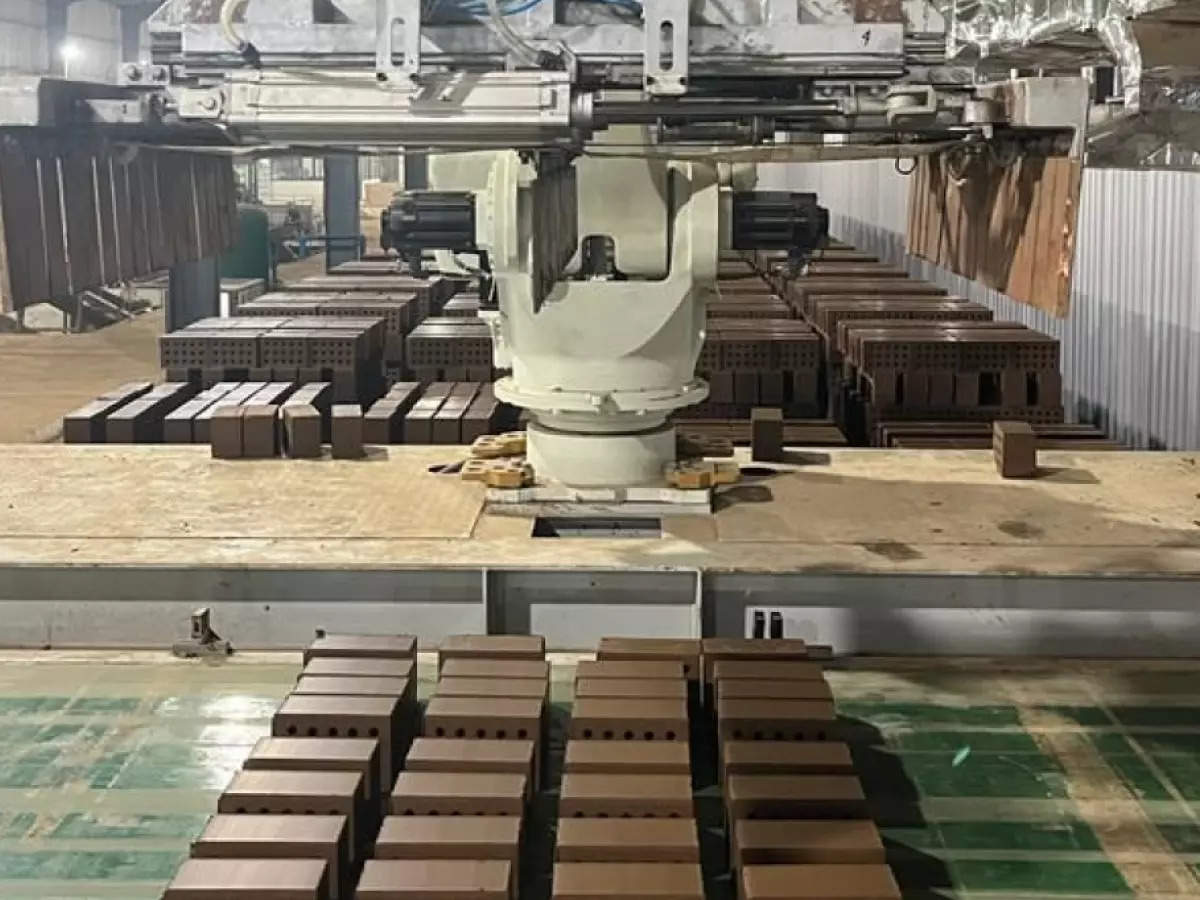E - PAPER
Concrete Batteries Could Make Future Buildings Sustainable
Researchers from Chalmers University of Technology, Sweden, have published a paper outlining a new concept for rechargeable batteries made of cement. Developed by scientists attached to the varsity’s Department of Architecture and Civil Engineering, the concept involv
 BY
Realty Plus
BY
Realty Plus
Published - Monday, 24 May, 2021

Researchers from Chalmers University of Technology, Sweden, have published a paper outlining a new concept for rechargeable batteries made of cement. Developed by scientists attached to the varsity’s Department of Architecture and Civil Engineering, the concept involves a high-rise concrete structure capable of storing energy like a giant battery.
The ever-growing need for sustainable building materials for the future prompted Emma Zhang, a former associate at the university, to join Professor Luping Tang’s research group. The team has now developed the first such concept for a rechargeable cement-based battery.
The concept involves a cement-based mixture mixed with small amounts of short carbon fibers. This, the researchers said, increases the conductivity and flexural toughness. Then, embedded within the mixture is a metal-coated carbon-fiber mesh – iron for the anode and nickel for the cathode. The team said that they have settled for the particular prototype after a lot of testing.
Zhang said that very low-performance results from earlier studies investigating concrete battery technology forced them to think out of the box and come up with another way to produce the electrode. “This particular idea that we have developed – which is also rechargeable – has never been explored before. Now we have proof of concept-at-lab scale,” Zhang explained.
Tang and Zhang’s research has produced a rechargeable cement-based battery with an average energy density of 7 Wh per square meter (or 0.8 Wh per liter). Energy density is used to express the capacity of the battery, and a modest estimate is that the performance of the new Chalmers battery could be more than ten times that of earlier attempts at concrete batteries. The energy density is still low in comparison to commercial batteries, said the researchers. They, however, added that the limitation could be overcome owing to the huge volume at which the battery could be constructed when used in buildings.
The fact that the battery is rechargeable is its most important quality, and the possibilities for utilization if the concept is further developed and commercialized are almost staggering, feel the researchers. The researchers see applications that could range from powering LEDs, providing 4G connections in remote areas, or cathodic protection against corrosion in concrete infrastructure.
The concept of using structures and buildings in this way could be revolutionary, because it would offer an alternative solution to the energy crisis by providing a large volume of energy storage. Concrete, which is formed by mixing cement with other ingredients, is the world’s most commonly used building material. The researchers feel that although from a sustainability perspective, concrete is far from ideal, the potential to add functionality to it could offer a new dimension. The idea is still at a very early stage, said the researchers. The technical concerns need to be addressed before the commercialization of the technique.
RELATED STORY VIEW MORE
NEWS LETTER
Subscribe for our news letter
E - PAPER
-

CURRENT MONTH 
LAST MONTH















